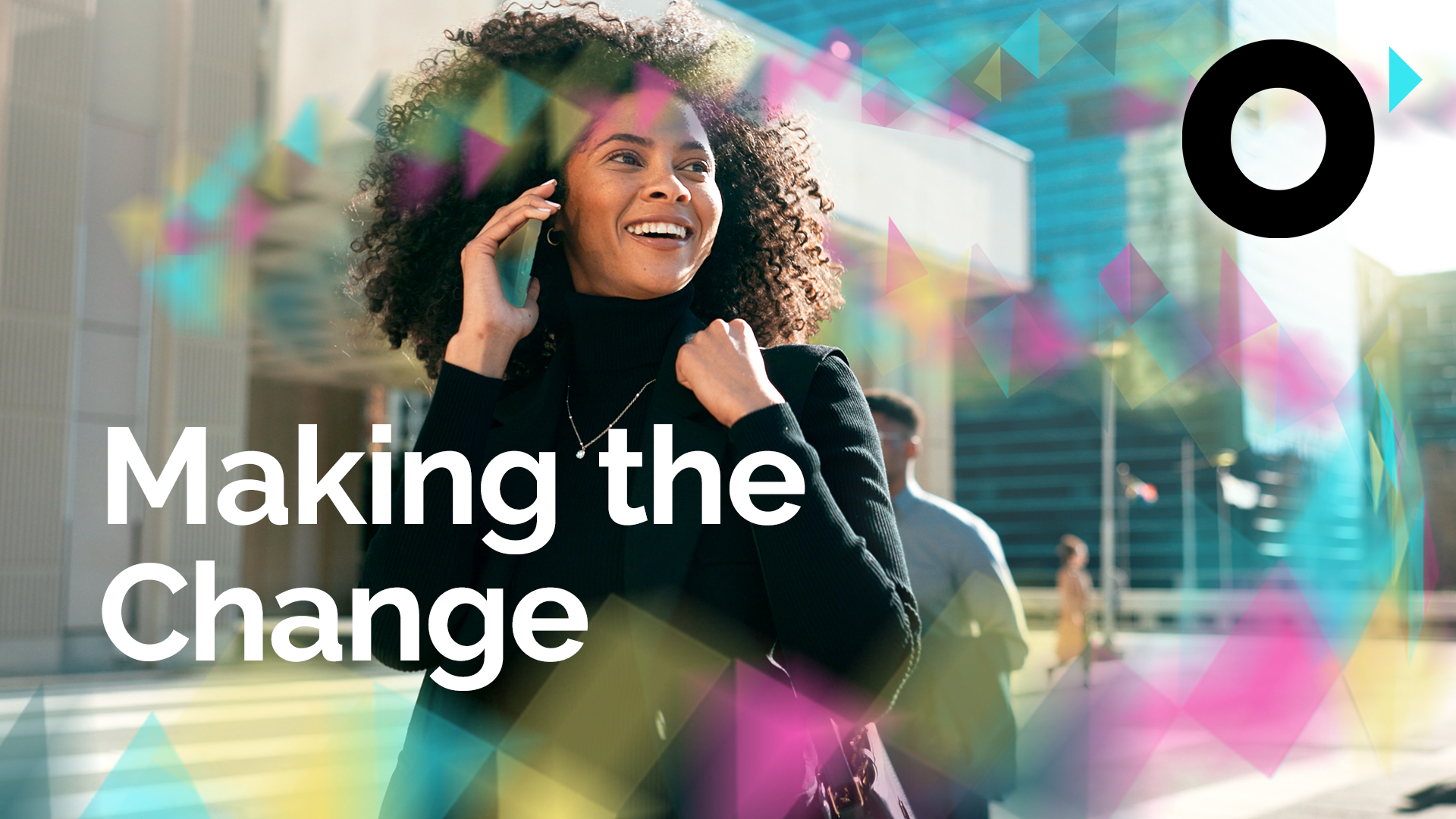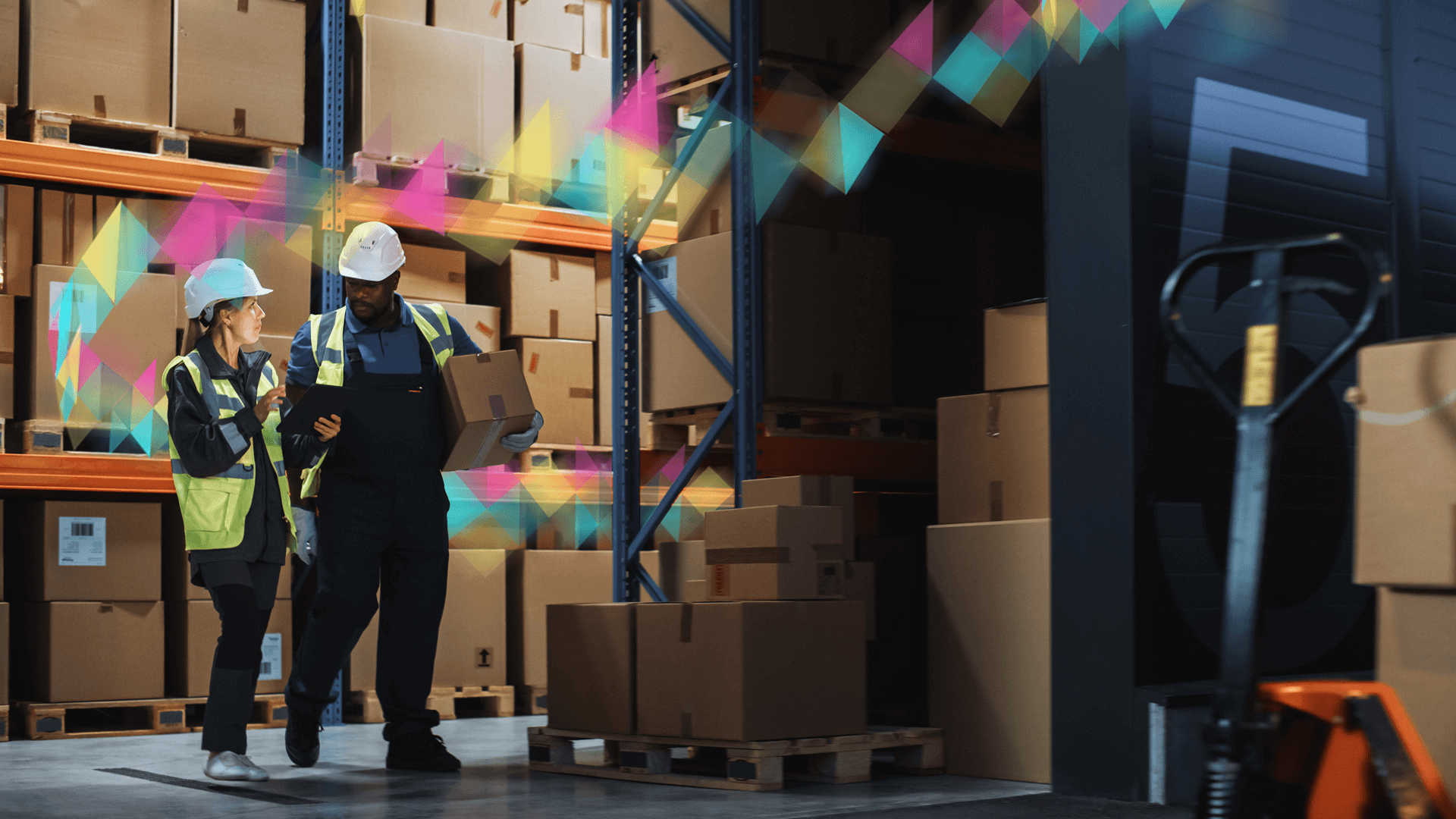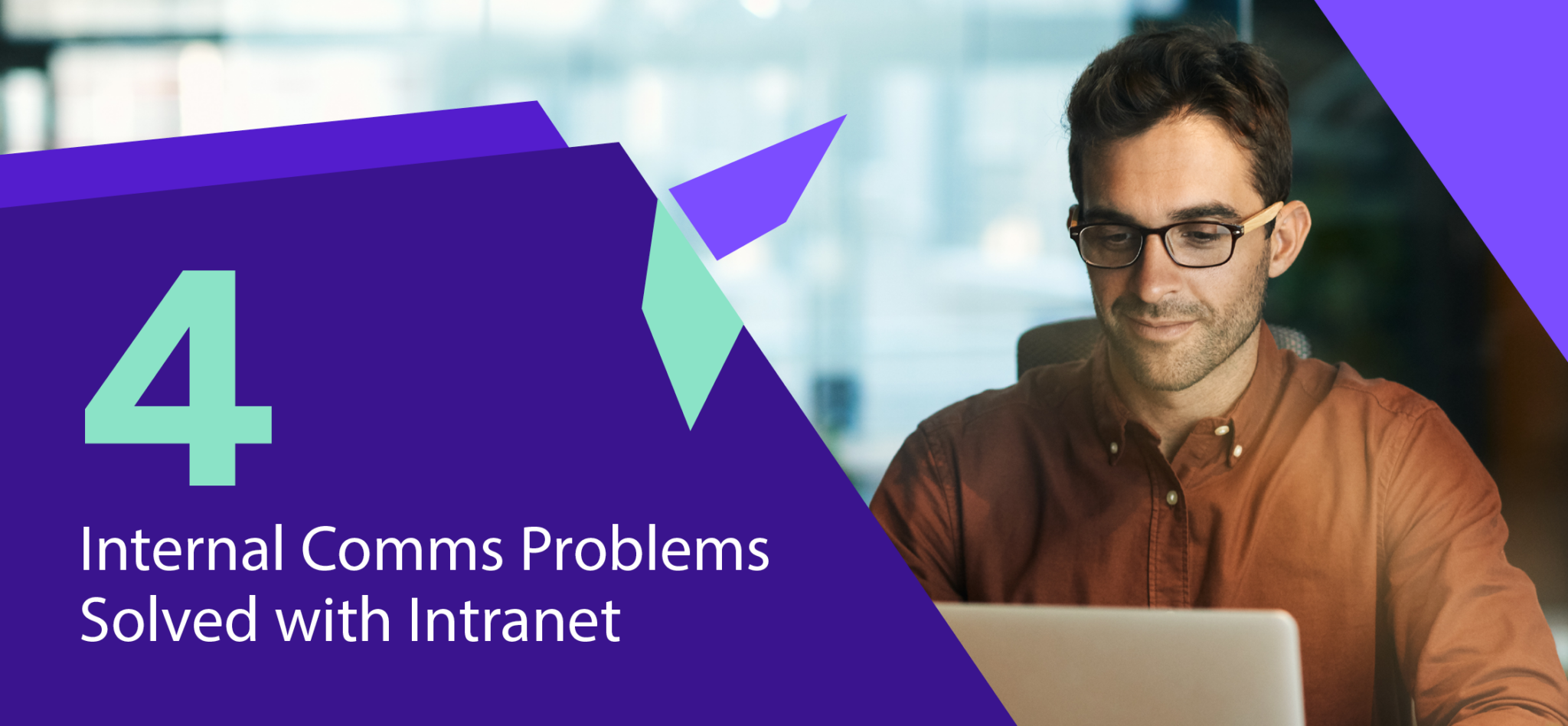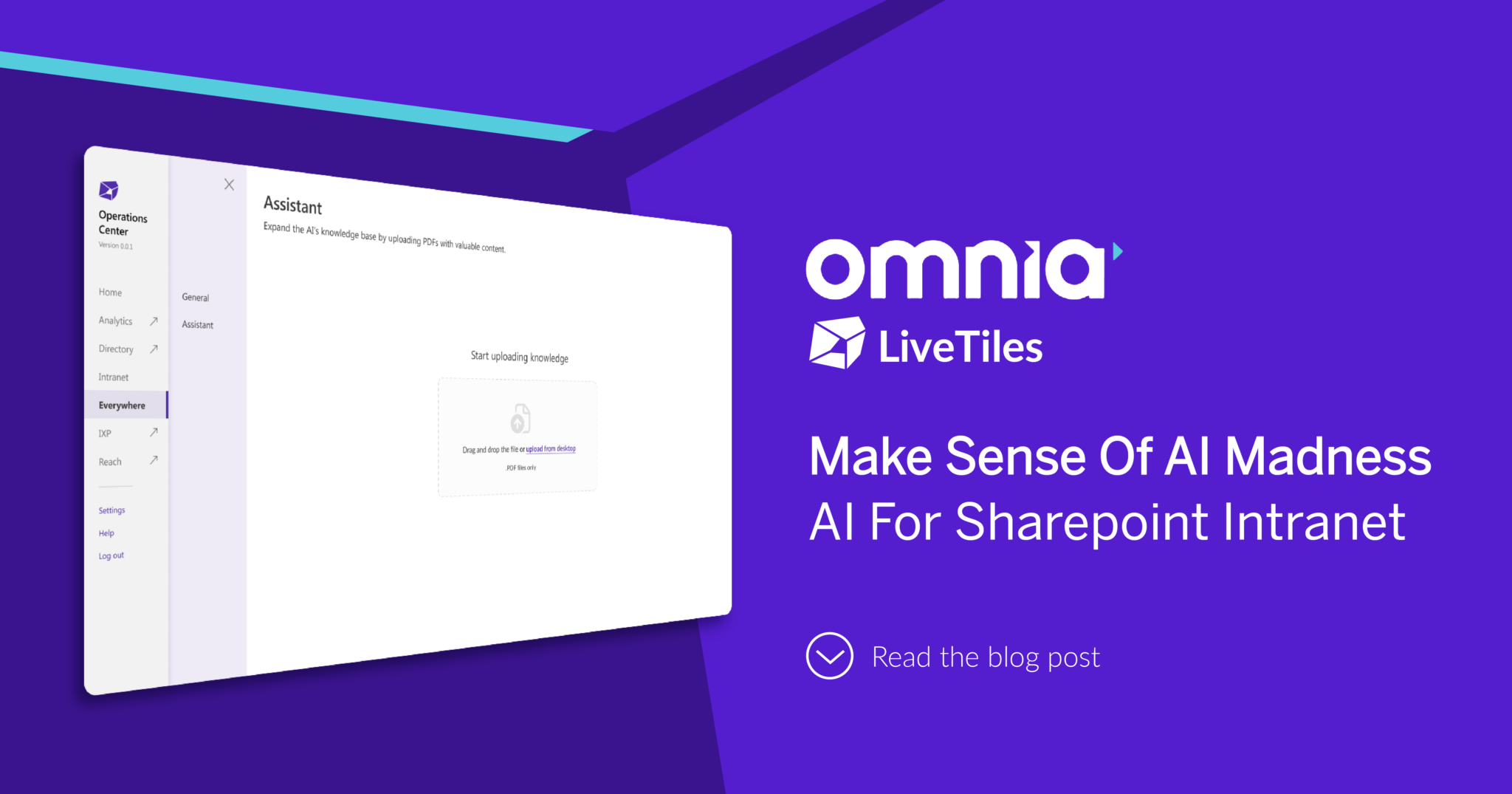We are entering the era of the “hybrid workplace”. A combination of “deskless” mobility, working remotely, or physically at the office is becoming the new norm.
COVID-19 has scaled up remote working to unprecedented levels. There is a consensus that we will not be returning to the pre-pandemic situation. Research from Gartner suggests 48% of employees will continue to work remotely after COVID, compared to 30% before. This trend was confirmed in a November 2020 survey of LiveTiles global customers. Many said they are committed to a hybrid model of work from here on in.
A mobile employee communications app supports the hybrid workplace, navigating current challenges and meeting longer-term objectives. Over a series of six articles, we’re exploring the impact of an employee app. In this second post, we cover five ways an app supports hybrid working patterns.
1. Enabling remote work for all staff
The benefits of more distributed work include cost reductions, better work-life balance, environmental benefits, and improved employee experience.
In the hybrid workplace, work needs to be enabled from any location. Employees’ working patterns will be far more fluid. Our Digital Workplace Trends 2021 report foresees “people working from home and at an office or premises, often switching between them from day to day”. Access to the digital workplace is the cornerstone of supporting remote work for all staff, facilitating flexibility around where people work. An employee app helps all staff become connected whatever their location.
It’s important to note that the hybrid workplace is not just about more previously office-based employees working from home. After COVID, 64% of staff want to spend some time in a physical workplace rather than just working remotely. Conversely, frontline or deskless staff often have tasks that could be done home and may want the opportunity to do so. Local co-working hubs are also likely to rise in popularity. An app is accessible from all these environments.
2. Supporting productivity
Working remotely can provide challenges around productivity when employees need to find information quickly to get things done. Poor findability and working with too many apps are just two barriers to efficiency which tend to be heightened in remote work situations.
An employee app can help colleagues find the essential information they need quickly and efficiently, and allow them to complete a range of transactions through integrated applications. Employees may also be moving between locations, and completing tasks via mobile can be a great use of travel time.
3. Better communication and collaboration
A comprehensive survey detailing the experiences of people working remotely during the pandemic in Ireland identified “communicating and collaboration with colleagues” as their second most significant challenge.
It can be tricky to reach your co-workers when you’re uncertain of their working patterns. Are they on Teams? Should I set up a Zoom call? Which technology is best for where they are working today?
Here, an employee app makes all the difference, particularly with everybody connected to the same app. Being able to confidently communicate with colleagues in real-time supports the smooth flow of information that is the lifeblood of organizations.
4. Providing connection and community
Isolation caused by remote working is a major wellbeing issue. Research suggests that remote working during COVID has impacted the mental wellbeing of up to 35% of employees, with 38% suggesting employer support can help.
An employee app provides essential connection and community for all staff. Contact with peers, social communities, and participation in virtual town halls and events can all help with feelings of isolation. Anecdotally, there are many inspiring stories about how the digital workplace has provided an essential connection during COVID, including for staff on standby.
As we continue our hybrid workplace journey, wellbeing will stay in the spotlight, and an employee app that provides connection makes a difference in promoting it, and demonstrates the potential of tech-for-good.
5. Supporting the transition back to work
The transition back to the office is going to be gradual, with social distancing and safety measures likely in place for some time. Here, a mobile employee app helps in several ways, particularly through integrations with other workplace applications:
- Providing a convenient place to check-in to a building to support enterprise track-and-trace
- Reducing the need to touch common surfaces, for example, activating printing from a mobile
- Supporting desk and meeting room booking to ensure safe numbers of people are in the office
- Co-ordinating working patterns so employees can arrange to come to a workplace on the same day and locate near each other.
Want to know more?
LiveTiles Reach, our employee communications app, is supporting the hybrid workplace for an increasing number of clients. Get in touch to arrange a demo.








